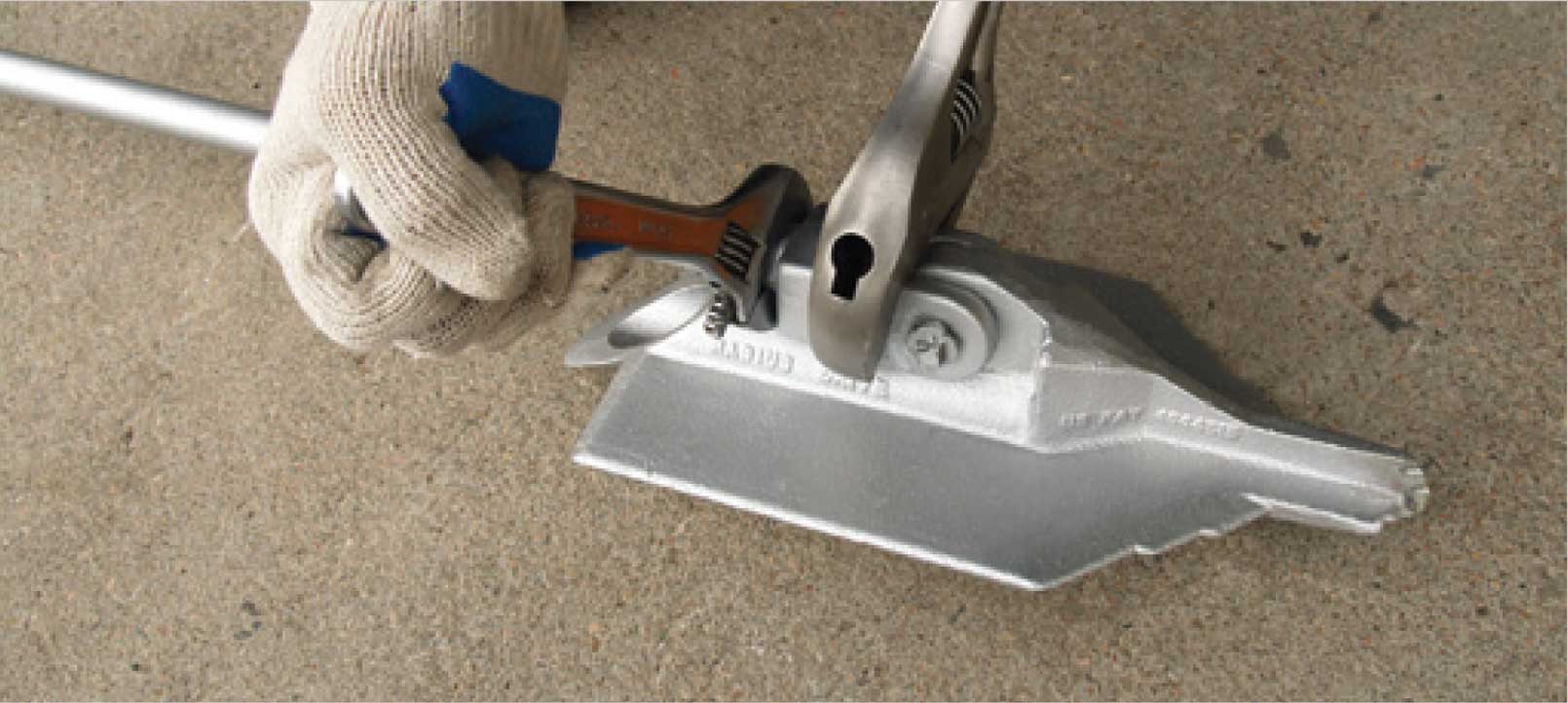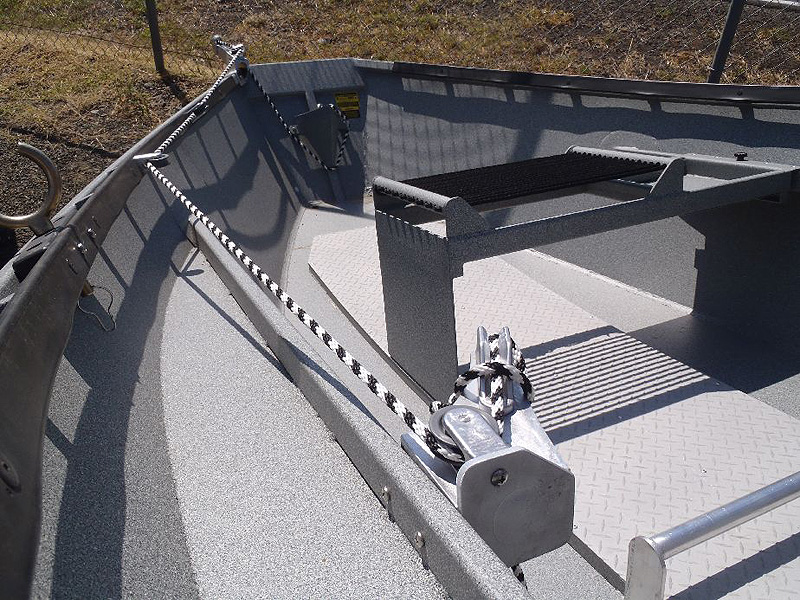Your Guide to Durable and reliable Anchor Equipments
In the realm of construction, marine, and commercial applications, the selection of trustworthy and resilient support systems is extremely important for guaranteeing stability and safety. As we discover the essential elements of anchor systems, it comes to be evident that a knowledgeable option can lead to impressive improvements in security and functional effectiveness, raising the question of exactly how to successfully navigate this complicated landscape.
Relevance of Trustworthy Anchors

Trustworthy supports are crucial in different applications, as they provide the needed stability and security to ensure safety and efficiency. In building and construction, marine, and industrial settings, the stability of frameworks and operations greatly relies on the performance of anchor systems. These supports serve as fundamental components, safeguarding equipment, vessels, and structures versus environmental pressures such as wind, waves, and dirt activity.
The significance of reputable anchors can not be overemphasized. In the marine industry, as an example, proper anchoring is crucial for the risk-free mooring of boats and ships, protecting against crashes and making certain the safety and security of personnel onboard. In construction, anchors hold critical components in position, considerably lessening the threat of architectural failing. Furthermore, in various exterior applications, such as outdoors tents or short-lived shelters, trustworthy supports are essential for maintaining security against unfavorable climate condition.
Buying high-grade support systems not only improves safety and security however likewise adds to operational efficiency. When supports work optimally, they lower the possibility of pricey fixings and downtime, consequently advertising performance. Eventually, the selection of reliable and sturdy support systems is basic for accomplishing lasting success in any venture that calls for anchoring options.
Kinds Of Support Systems
When choosing anchor systems, it is important to take into consideration the specific needs of the application, as various kinds of anchors are designed to carry out ideally under differing problems. The primary classifications of anchor systems include long-term, temporary, and portable anchors, each serving unique objectives.
Permanent supports, commonly made use of in marine applications, are installed right into the seabed and made for lasting security. These systems generally include screw supports, which are helix-shaped and offer superb holding power in numerous dirt kinds.

Last but not least, portable supports are quickly mobile and light-weight, making them suitable for dynamic atmospheres such as building websites or outdoor entertainment activities (Earth Anchor). Examples include sand supports and risk anchors, which give dependable assistance without the need for long-term installation
Selecting the ideal anchor kind makes certain ideal performance and security, customized to the specific conditions and demands of the task.
Secret Attributes to Think About
Choosing the best anchor system includes not only recognizing the kinds offered yet additionally evaluating crucial attributes that impact their performance and viability for details applications. One of the main factors to consider is the support's holding strength, which establishes its ability to stand up click for info to pressures such as wind, waves, or loads. This toughness is affected by the support's material, dimension, and design, making it important to choose an anchor that can adequately meet the demands of your particular atmosphere.
One more important attribute to analyze is the convenience of release and access. Supports that can be conveniently established and removed can considerably enhance performance, especially in vibrant circumstances or setups with altering problems. Furthermore, the anchor's product structure need to be evaluated for rust resistance, especially for marine applications where exposure to deep sea prevails.
Compatibility with different seabeds is additionally essential; some anchors do far better in mud, sand, or rock. Last but not least, take into consideration the anchor's weight, as this influences both its holding power and my latest blog post simplicity of handling. By completely assessing these crucial features, you can choose an anchor system that is trusted, resilient, and tailored to your particular requirements.
Upkeep Tips for Resilience
Making sure the durability of your anchor system needs routine maintenance and focus to information. Start by examining all parts, consisting of chains, shackles, and the anchor itself, for indicators of wear or deterioration. Pay specific attention to locations that are immersed in water, as these are much more susceptible to deterioration because of salt and environmental factors.
Frequently cleaning your anchor system is important. Rinse it with fresh water after each usage, especially if it has been exposed to deep sea. This simple technique assists to avoid the build-up of salt, sand, and debris that can cause rust and hinder functionality.
Additionally, oil relocating components regularly to guarantee smooth operation and to reduce rubbing. Earth Anchor. Use marine-grade lubricating substances developed for rough environments to protect against dampness and corrosion
When not in usage,Shop your anchor system correctly. A completely dry, protected area can protect against exposure to the elements, minimizing the threat of damage.
Last but not least, consider performing an annual complete examination by a specialist to identify any type of potential concerns that may not be noticeable to the inexperienced eye. Complying with these maintenance ideas will considerably enhance the durability and integrity of your anchor system.
Choosing the Right Anchor
Proper maintenance of your anchor system prepares for reliable anchoring, making the choice of anchor equally important. Choosing the right anchor includes site here comprehending the particular conditions in which you will be operating, including seabed type, water deepness, and ecological aspects such as wind and present.
There are several types of anchors, each created for different applications. As an example, fluke anchors succeed in sandy or sloppy bases, while plow supports provide exceptional holding power in various conditions as a result of their capability to dig right into the seabed. If you are browsing rough terrains, a grapple support may be a lot more ideal, as it can latch onto irregular surfaces.
A basic standard is to utilize a support considering at the very least 1/10th of the watercraft's overall weight, yet this can differ based on particular conditions. Eventually, complete study and understanding of your anchoring requirements will assist you in making an informed choice regarding the most suitable support for your conditions.
Final Thought
In final thought, the option of sturdy and trusted support systems is important for making certain security and security throughout numerous applications. Routine upkeep techniques, consisting of evaluations and cleansing, dramatically add to the durability of anchor systems.
In the world of construction, marine, and industrial applications, the selection of durable and reliable anchor systems is critical for ensuring security and safety. Inevitably, the choice of trustworthy and durable support systems is fundamental for attaining long-term success in any type of endeavor that calls for securing services.
Fluke supports succeed in sandy or sloppy bases, while plow anchors offer exceptional holding power in numerous problems due to their ability to dig right into the seabed. Inevitably, complete study and understanding of your anchoring needs will certainly lead you in making a notified decision pertaining to the most appropriate anchor for your conditions.
